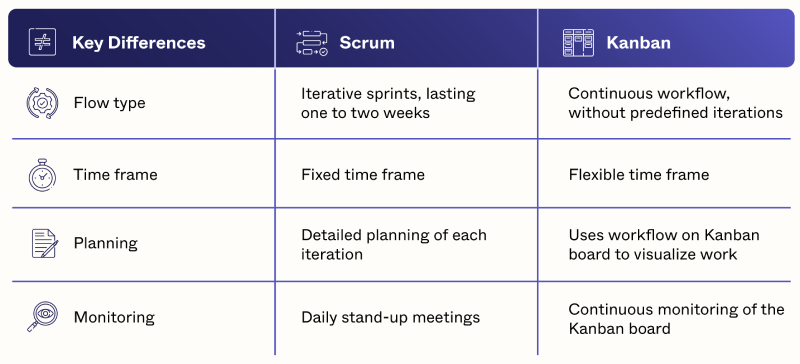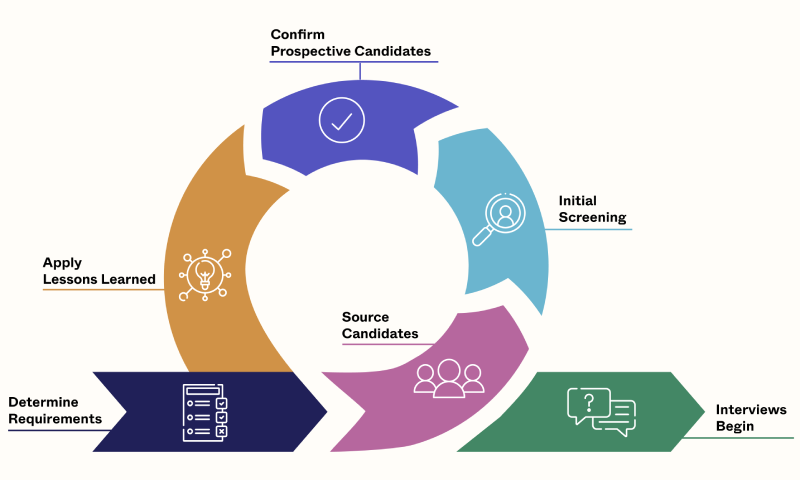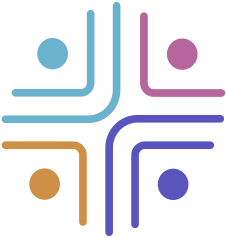According to Digital.ai, adoption of agile practices has jumped from 37% to 86% in software development teams, while adoption in non-IT teams has more than doubled. When it comes to recruitment and talent acquisition, more than three-quarters of organizations now use agile recruitment approaches. Why? Well, because of its proven ability to improve processes thanks to flexibility, responsiveness, inclusivity, and a mission-centric approach – all particularly relevant in a post-Covid world.
In the recruitment industry, there are multiple pain points which often result in a less than ideal process, and are ripe for improvement, including:
- Delays at each stage of the hiring process
- Lack of collaboration
- Poor candidate engagement
- Inability to adapt to changing requirements
- Screening and selection fatigue
Curious about what agile recruitment looks like? Well, keep reading!
Agile Recruitment in Talent Acquisition
Agile methodologies emerged in the 1990s. Initially used in software and project management, agile is known for breaking projects into phases, commonly known as “sprints,” all the while emphasizing continuous collaboration and improvement.
Agile recruitment is a recent development, alongside its expansion in various industries such as marketing, advertising, manufacturing, finance, healthcare, and education. All approaches include iterative evaluation, regular feedback, and the ability to change the process based on requirements. While there are now more than a dozen techniques in use, agile recruitment tends to use either Scrum or Kanban, according to the need.
Here are some of the key differences between two main agile recruitment processes:

Agile Recruitment: A Solution to TA Woes
Let’s break down just how agile recruitment can make the process a little less of a headache, for sourcers and candidates alike.
Use an iterative approach. With agile recruitment, the process is broken down into small, time-bound sprints. This enables the organization to focus on each sprint, which helps in faster decision making and resolution.

Collaborate and communicate. This is achieved by involving hiring managers, sourcers, and other stakeholders as part of the agile recruitment team, resulting in a more effective and collaborative process.
Regular candidate engagement and feedback. By providing the candidates with a regular update, organizations can improve their engagement rate.
Quickly adapt to changing needs. By regularly reviewing recruitment strategies, the team (and organization) can stay aligned. This process ensures sourcing great-fit candidates according to the latest needs.
Manage workload and maintain focus. By implementing collaborative evaluations, the workload can be split and burnout among workers can be prevented. This also helps mitigate bias and promote objective decision making.
Agile Recruitment, Here We Come
In summary, agile recruitment can prove to be a valuable solution for addressing common challenges in the process. By adopting iterative sprints, organizations can enhance efficiency, collaboration, adaptability, and candidate engagement. The implementation of agile practices, such as regular evaluation, feedback loops, and adaptability to changing needs, allows for faster decision-making and a more candidate-centric approach.
Searching for great-fit candidates? We’re here to help! Request a demo with us and increase your company’s productivity. Don’t forget to follow us on Twitter and LinkedIn!















